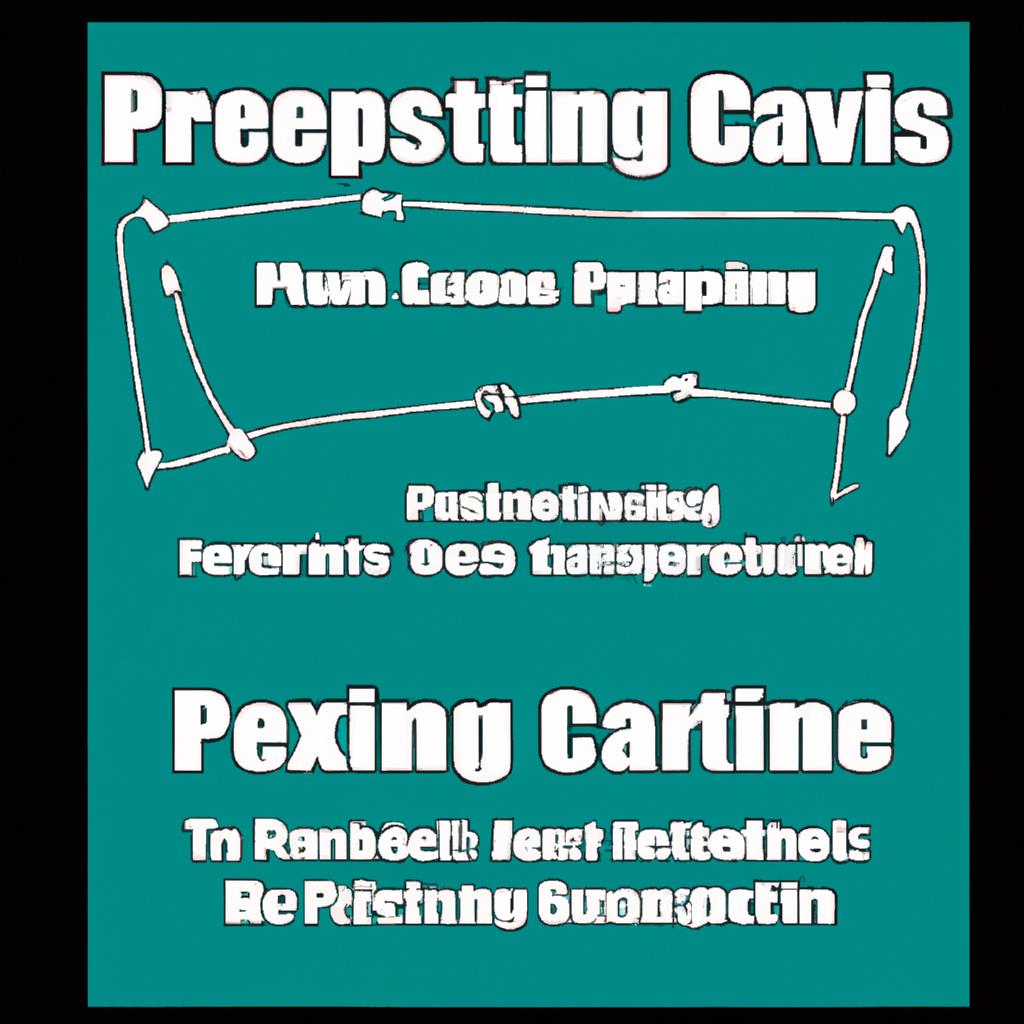Camping Etiquette on the Pacific Crest Trail is essential to ensure that all hikers have a positive experience while enjoying the beauty of nature. One aspect of camping etiquette that is particularly important is tenting and camping site etiquette. Proper tenting and camping site etiquette can help minimize environmental impact, ensure the safety of hikers, and promote a sense of community among fellow hikers. Here are some key guidelines to follow when setting up camp on the Pacific Crest Trail:
1. Choose Your Campsite Wisely: When selecting a campsite, make sure to follow Leave No Trace principles by choosing a designated camping spot or an established campsite. Avoid camping on vegetation or fragile ecosystems, and look for a flat, level spot that is at least 200 feet away from water sources. This will help protect the surrounding environment and prevent damage to sensitive areas.
2. Respect Quiet Hours: Many hikers on the Pacific Crest Trail are looking for a peaceful and quiet camping experience. Respect quiet hours by keeping noise levels to a minimum, especially during the early morning and late evening hours. Be mindful of other hikers who may be trying to rest or enjoy the sounds of nature.
3. Practice Leave No Trace: Leave No Trace principles are essential when camping on the Pacific Crest Trail. Pack out all trash, including food scraps, toilet paper, and any other waste. Dispose of waste properly in designated trash receptacles or by carrying it out with you. Leave your campsite cleaner than you found it to minimize your impact on the environment.
4. Be Considerate of Other Hikers: When setting up your tent or camping gear, be considerate of other hikers in the area. Keep noise levels down, respect the privacy of other campers, and avoid intruding on their space. If you need to pass through another hiker's campsite, do so quietly and respectfully.
5. Follow Campfire Regulations: Campfires are not allowed in many areas along the Pacific Crest Trail, especially during dry or fire-prone conditions. Before starting a campfire, check local regulations and guidelines to ensure that fires are permitted. If campfires are allowed, only burn small, manageable fires in designated fire rings and never leave a fire unattended.
6. Be Prepared for Weather: Weather conditions can change quickly along the Pacific Crest Trail, so it's important to be prepared for all types of weather when camping. Bring appropriate gear and clothing for the expected conditions, including rain gear, extra layers, and a sturdy tent or shelter. Be aware of potential hazards such as thunderstorms, high winds, or extreme temperatures.
7. Consider Your Impact: When setting up your tent or camping gear, be mindful of how your presence may impact the surrounding environment. Avoid trampling vegetation, disturbing wildlife, or creating unnecessary damage to the landscape. Minimize your impact by following established trails and campsite guidelines.
8. Practice Good Hygiene: When camping on the Pacific Crest Trail, it's important to practice good hygiene to prevent the spread of illness and minimize environmental impact. Use biodegradable soap and water at least 200 feet away from water sources when washing dishes or yourself. Dispose of wastewater properly and avoid contaminating water sources with soap or waste.
9. Be Courteous to Wildlife: The Pacific Crest Trail is home to a variety of wildlife, including bears, mountain lions, and other animals. When camping, take precautions to protect yourself and wildlife by storing food and scented items in bear-proof containers or hanging them from a bear pole. Respect wildlife from a safe distance and avoid feeding or approaching them.
10. Leave No Trace: Finally, always remember to leave no trace when camping on the Pacific Crest Trail. Pack out all trash, minimize your impact on the environment, and leave nature as you found it for future hikers to enjoy. By following these tenting and camping site etiquette guidelines, you can help preserve the beauty of the Pacific Crest Trail for generations to come.


leave a comment